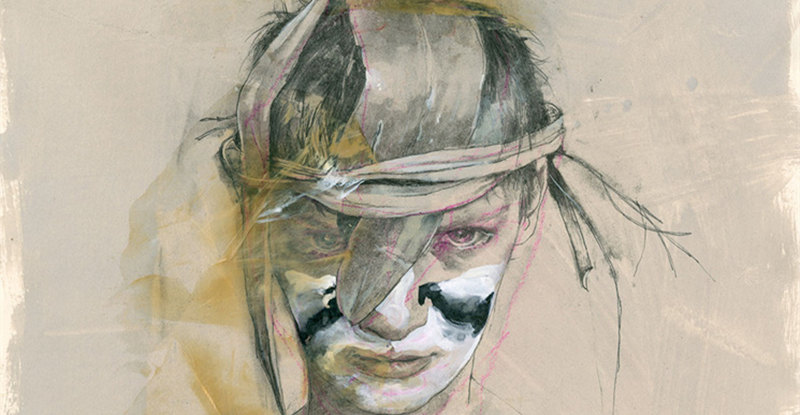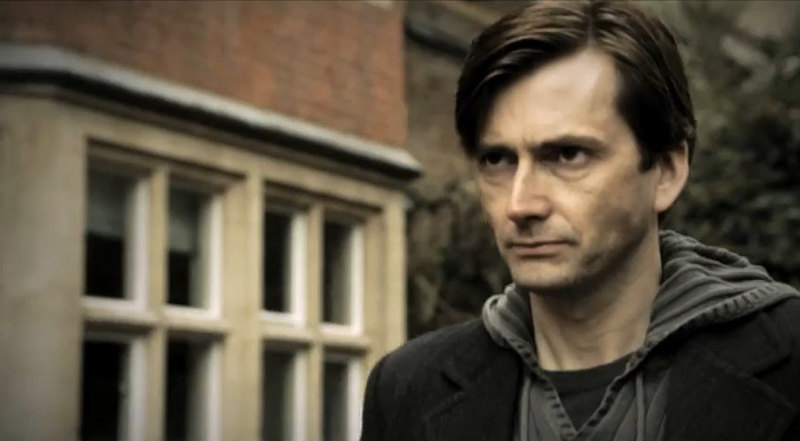Paul Newman received eight Best Actor Oscar nominations over the course of his illustrious career, winning only once. He wasn’t recognized for memorable performances in “Cool Hand Luke” or “The Hustler,” performances that many (myself included) think among his very best. He won for “The Color of Money,” Martin Scorsese’s tribute to “The Hustler,” and a continuation of that story a generation later.
Some say it was a make-up award because it came a year after Newman was recognized with an Honorary Award at the Oscars. In truth, I couldn’t argue that his reprisal of Fast Eddie Felson was any more accomplished than the other roles he played. Newman was never the type to just pick up a paycheck. He threw himself into roles, though the fact that he knew Fast Eddie back in 1961 probably gave him an edge.
Then again, maybe not. The older Fast Eddie is a different character. Some traits remain—like the womanizing, the drinking, the philosophizing, and a continued fascination with pool halls. But Eddie is a bankroller now, rather than the hustler, because years ago some guys broke him and he got out of the business. He’s not as reckless, not as cocky. Pool is for younger players, he says. In an old friend’s pool hall he discovers a new talent—an arrogant, video game playing lad with a sledgehammer break and knack for using the proper “English” to put the cue ball anywhere he wants it after a shot.
That’s Tom Cruise, of course, and as I wrote in my review of “Cocktail,” this film also follows the Tom Cruise movie formula . . . until the end of the second act. Then it’s Newman’s show, and he makes the most of it. There’s no overacting here. Newman offers a restrained performance as Eddie goes through bouts of elation, dejection, anger, lust, well-meaning coaching, and a little bit of devious sabotaging of his charge.
Fans of “The Hustler” will enjoy Scorsese’s tributes—allusions to the famous scene where a young Fast Eddie has his fingers broken after a hustle, for example. But it’s not “The Hustler: Part 2.” The first film had a moody soundtrack and a black-and-white film noir style, with considerably more dramatic tension than we get in “The Color of Money.” Maybe that’s due to some overlapping of material, and maybe it’s because the pool world isn’t as uncivilized as it was in Eddie’s early days. Now there’s a tournament, and all the best players assemble there, hustling each other in practice rooms the way they used to hustle unsuspecting locals from town to town. Oh, there’s still some of that in “The Color of Money,” but as Fast Eddie learns, things have changed.
“The Hustler” had a kind of Old West motif—a young gun wanting to test himself against the fastest and most accomplished gunfighter, only with billiard cues, not six-guns. It was Eddie Felson aspiring to beat the best—Minnesota Fats.
In “The Color of Money,” it’s all about Fast Eddie training a protégé and seeing himself in the arrogant and stubborn Vincent (Cruise). It’s about Eddie convincing Vincent’s girlfriend-manager (Mary Elizabeth Mastrantonio) to work with him to help Eddie become the great that he has the potential to become. And finally, it’s about a falling out between the mentor and his student, and the repercussions.
Video:
The picture quality for an ‘80s film is average. Black levels and color saturation varies from scene to scene, and some sequences sport considerable grain and noise. I don’t know that it’s all that much of an upgrade from the DVD I have in my collection. I don’t have two TVs set up side by side to do that kind of comparison, but when I pop one film in after the other, it’s tough to tell a really appreciable difference. “The Color of Money” comes to Blu-ray via an AVC/MPEG-4 encode to a 50GB disc. It’s presented in 1.85:1 widescreen.
Audio:
The audio isn’t a whole lot better. The dialogue sounds muted at times, and flat. Then Scorsese’s dramatic music kicks in and the volume spins up by about 500 decibels. Finding a place where you can hear the dialogue AND not get blown away by the musical interludes is tough. I have to say that I’m not impressed by the English DTS-HD MA 5.1. Even the ambient sound isn’t as full and authentic-sounding. An additional audio option is French Dolby Digital 2.0, with subtitles in English SDH and Spanish.
Extras:
No bonus features. Does that surprise you, given that this is being touted as the 25th Anniversary Blu-ray?
Bottom line:
It’s entertaining and at times even insightful, but nowhere near as powerful—or memorable—as “The Hustler.” And on Blu-ray for the first time, I’m not sure it’s all that great of an upgrade from previously released DVDs.


